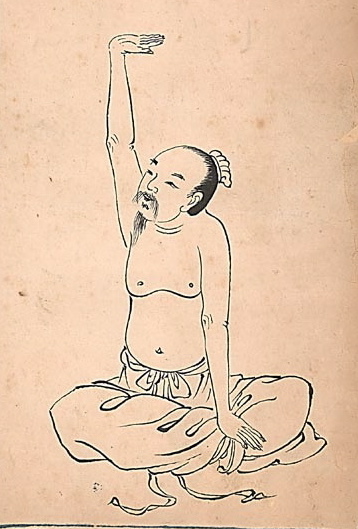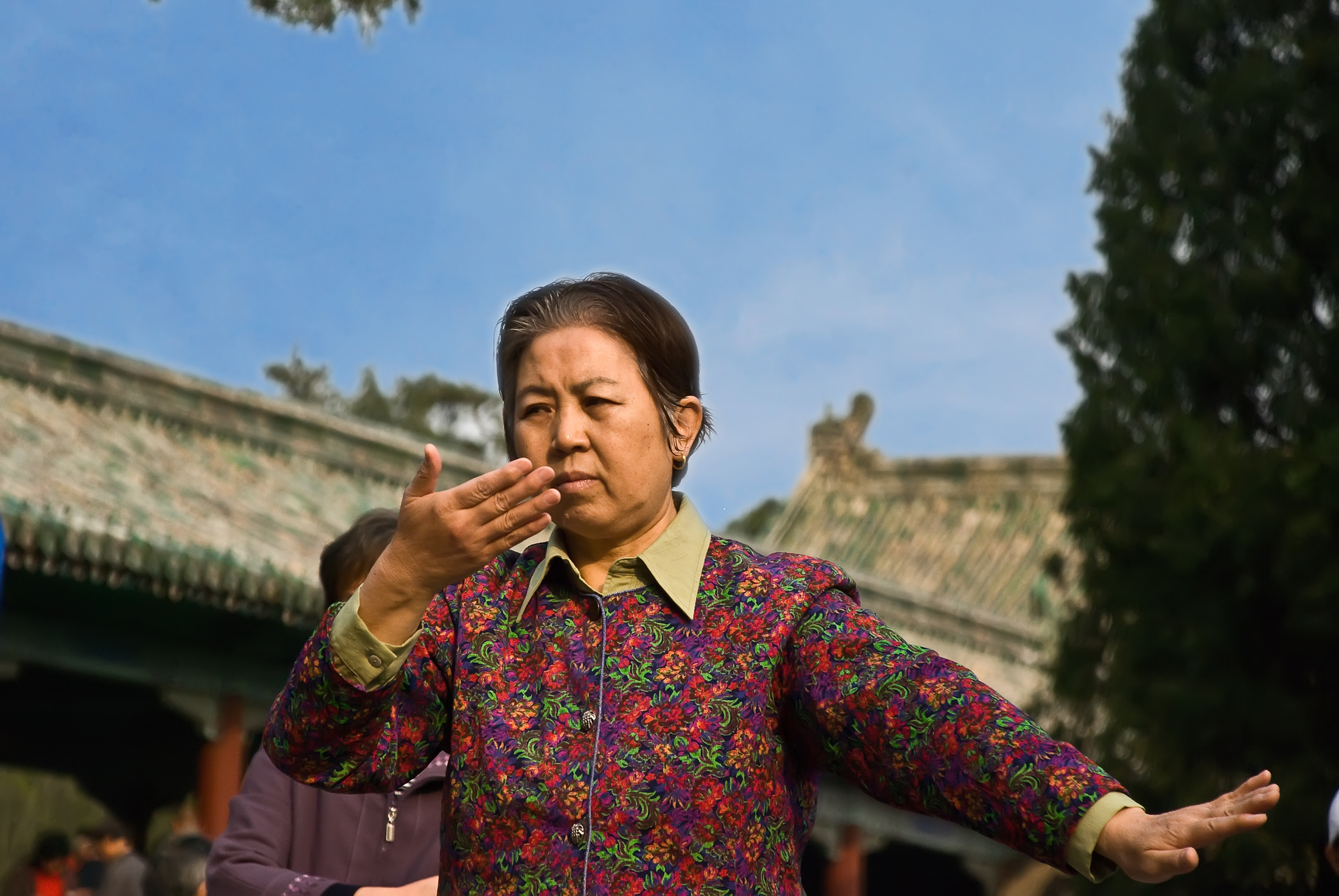Tai chi
Enlarge text Shrink text- Encarta world Eng. dict.(tai chi: A Chinese form of physical exercise characterized by a series of very slow and deliberate balletic body movements)
- Americana(tai chi chuan, commonly called tai chi)
- Chang, H. Tai-ji fitness : its principles and basic training : the way to total fitness, c1990.
- Orawski, A. Taichi, 1992(Taichi)
Tai chi is an ancient Chinese martial art. Initially developed for combat and self-defense, for most practitioners it has evolved into a sport and form of exercise. As an exercise, tai chi is performed as gentle, low-impact movement in which practitioners perform a series of deliberate, flowing motions while focusing on deep, slow breaths. Often referred to as "meditation in motion", tai chi aims to concentrate and balance the body's qi (vital energy), providing benefits to mental and physical health. Many forms of tai chi are practiced, both traditional and modern. While the precise origins are not known, the earliest documented practice is from Chen Village and Zhabao Village in Henan, which are located a few hundred miles from the Shaolin Monastery on Song Mountain. Most modern styles trace their development to the five traditional schools: Chen, Yang, Wu (Hao), Wu, and Sun. Practitioners such as Yang Chengfu and Sun Lutang in the early 20th century promoted the art for its health benefits. Tai chi was included in the UNESCO List of Intangible Cultural Heritage of Humanity in 2020.
Read more on Wikipedia >
 Topic
Topic












